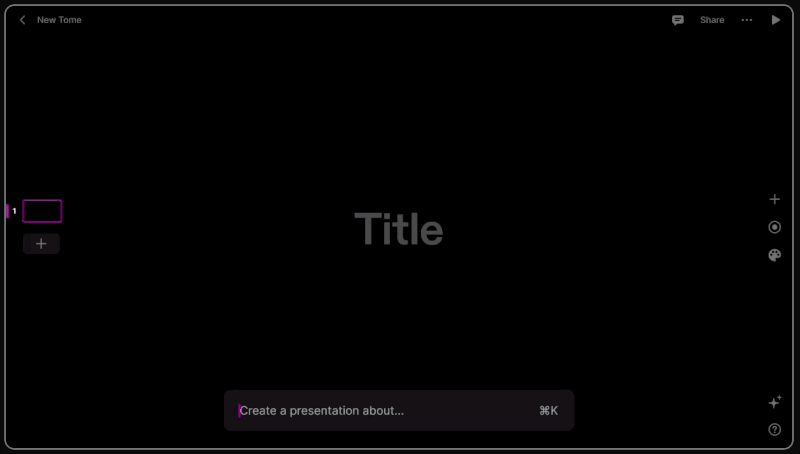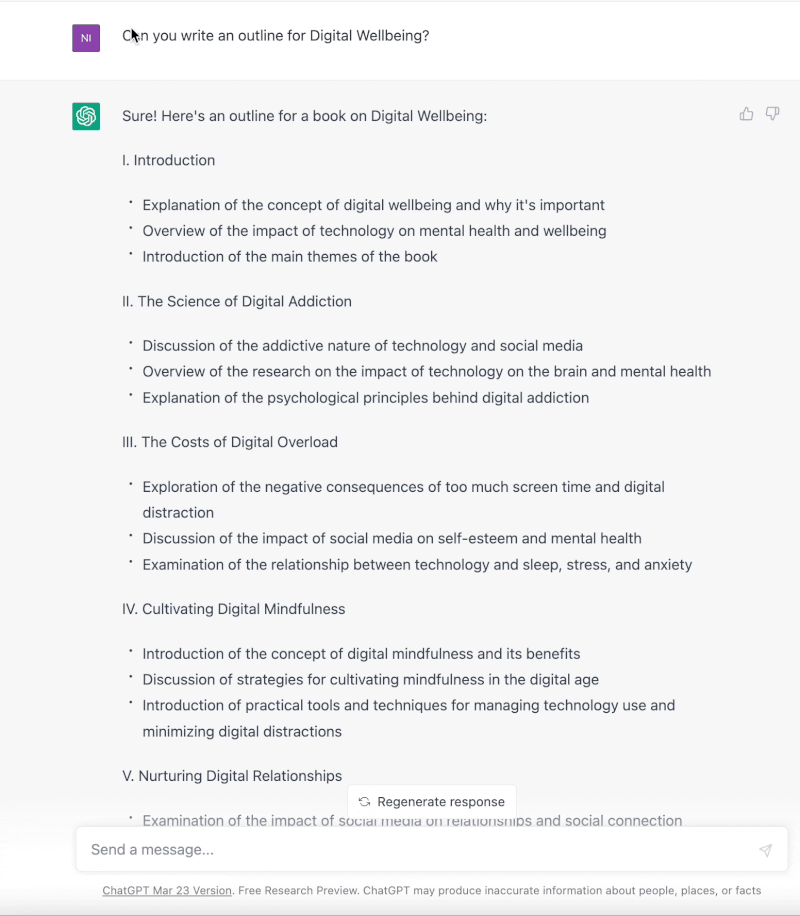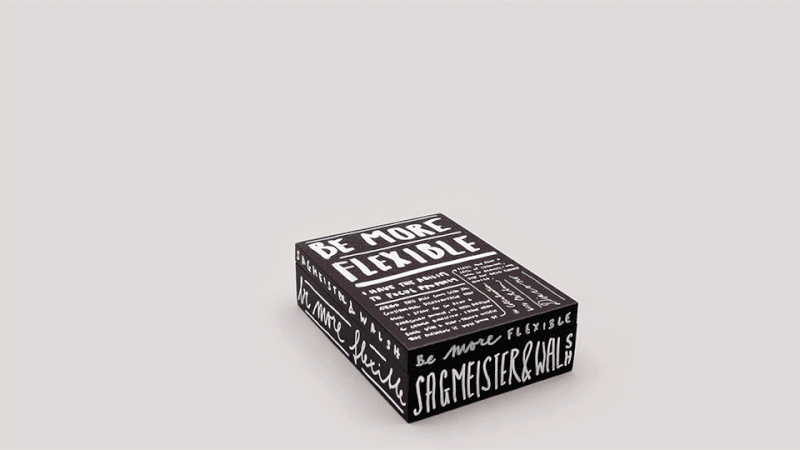From visual storytelling to corporate sustainability roadmaps, honing the right design mindset will help us to thrive in the era of artificial intelligence.
Alright, let’s address the elephant in the room: the robots are coming for our design jobs! Or so some people would have you believe. But before we start panicking and think about changing our profession or employing A.I. to do the “design” execution work, let’s take a step back and look at what design really means.
You know, when you think about it, the word “design” breaks down into “de” and “sign,” which means “the sign.” And that’s what great design is all about, giving us a differentiated direction, whether it’s with a product, a service, or even a company’s brand. Think about some of the most iconic designs out there, like the timeless Coca-Cola bottle or the simple yet effective Google homepage. And let’s not forget about the magical experience of Disneyland, where every detail is carefully crafted to create a memorable visit.
These are just a few examples of how strong design can be at the heart of both disruptive and sustained commercial success, no matter the setting. The right selection of typeface, colors, layouts, imagery, experience and etc is like a well-curated wardrobe — it all comes down to careful design research and iterations, part of a designer’s arsenal to tackle complex design challenges.
Oh, design research and sprints, the old hat of the design world, right? Fear not, we won’t be droning on about the typical design frameworks or methods. Nope, in this article, we’re delving into the elusive design mindset — those intangible tools that fuel the real value of design.
Design Mindset #1 — Solutions First, Not Answers.
With the emergence of A.I. creation tools such as Adobe Firefly, AutoDesigner, Midjourney, Tome, and Runway, the creator’s economy is about to skyrocket at a pace faster than Musk’s Tesla Roadster. Big-time Fortune 500 companies are ready to stock up on independent designers with A.I. skills to take fill their need for design outputs.

Tome is able to generate presentations through your inputs, but do you have the right inputs, to begin with? Image source: beta.tome.app
But before we march into the 5th industrial revolution, let’s clear something up — A.I. isn’t a quick fix for your business woes just because everyone else is doing it. Without the right context, A.I. can sometimes fool our brains into believing answers that aren’t true. We need to take a step back and ask ourselves some essential questions:
- Why do people care about this design?
- How is the design different from what’s out there?
- What are the true factors to ensure the design has longevity?
Once we have the answers, we can unleash the list of A.I. tools in our arsenal with the right prompts, keywords, and descriptions to create one-of-a-kind, contextual, and grounded-in-reality design solutions.
And the key to finding the right design solution is anchoring with human truth. Because as they say, anyone can come up with an answer, but only designers can find the right solution.
Design Mindset #2 – Speak Human Better, Not Machine
In John Maeda’s 2019 book How to Speak Machine: Computational Design for the Rest of Us, he lays out the case for computational literacy among designers, insisting that it’s the key to unlocking new opportunities for innovation and collaboration with our robotic overlords… er, I mean functional models of A.I. Take OpenAI’s ChatGPT boom, for instance — it may seem like an overnight success story, but in reality, it’s the result of designers using conversational designs to create an interface that’s easy for humans to collaborate with machines.
That’s why the LinkedIn ChatGPT guru scene is getting pretty crowded these days. Everyone seems to have a best practices guide or how-to manual for getting the most out of this AI-powered language model. But let’s face it, without understanding the principles of prompt engineering, your ChatGPT conversations will be about as exciting as a stale cracker. Prompt engineering is the key to creating compelling and unique interactions with the A.I. system.

Do you find this outline familiar? It seems like it’s a template for any other topics, especially if the prompts are repetitive. Image source: 99% of Users Are Using ChatGPT the Wrong Way: Use Prompt Engineering and Be Ahead of the Game!
Designers possess a unique set of skills that make us perfectly equipped for prompt engineering. From understanding user needs to creating captivating narratives, using visuals to convey meaning, and refining prompts through the play of words, designers can tailor prompts to specific audiences and facilitate more efficient and productive interactions with A.I. systems. In short, a design mindset about considering human value as prompters can lead to truly exceptional and differentiated creations.
Design Mindset #3 — Be Inclusive, Not Exclusive
Design thinking has been gaining popularity in corporate circles, with leaders encouraging their teams to adopt this approach in their daily work. One of the benefits of design thinking is its iterative process, which fosters diversity in people, cultures, ideas, and perspectives. This inclusive way of working can also be applied to the use of A.I. tools. Why do I say this? If you notice, designers tend to work with different people, platforms, and mediums to produce extraordinary work.

What goes into packaging design like this? Image source: Sagmeister & Walsh
In the age of A.I., design inclusivity has taken a radical turn. Imagine this: you’re tasked with creating an app for a brand. Design researchers can use SyntheticUsers to quickly gain insights, feeding them to ChatGPT for a site narrative and user flow. Experience designers can then use ChatGPT’s outputs with Uizard to create mockups with precision. Finally, tech designers can convert these designs to no-code prototypes lickety-split with tools like FrontyAI. It’s not about collecting tools like a magpie, but rather having the design mindset to get A.I. tools to play nice together.

By leveraging ChatGPT to generate mid-journey prompts, this design is going to be so on point. Image source: ChatGPT + Midjourney, Dall-E, and Stable Diffusion: How To Create Amazing Images for Almost Any Topic: Prompts included
As I sign off, I would like to strongly encourage you to collaborate with designers who possess the right mindset and experience to empower robots in creating exceptional and unique solutions. This will help your brand to stand out from the crowd. While robots may be able to perform many tasks, they still have much to learn when it comes to the human touch. In part 2 of our upcoming article, we will explore how designers can utilize their creativity, imagination, and zeal to enhance the benefits of A.I. and ensure high-quality outcomes. Stay tuned!
